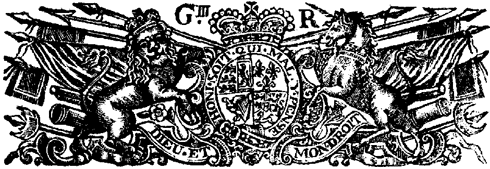

The First Foot Guards
We are a Revolutionary War
reenactment group based in Boston MA,
accurately portraying the royal household regiment that is now known as
The Grenadier Guards
General
Charles O'Hara 1740-1802
'The Old Cock of the Rock'
Charles O'Hara was appointed a cornet in the British Army at the age of 12. He joined the Coldstream Guards four years later, and progressed through many positions and commands. He sailed with his troops to North America in 1777.
In October 1780, O'Hara was appointed Brigadier General and given command of the Brigade of Guards. He took the Brigade to serve with his friend Cornwallis in the Southern Campaign in 1780. At Guilford Courthouse, O'Hara was severely wounded as the Guards fought to a stalemate with General Nathanael Greene's Continentals. indeed it was widely thought that he would die of his wounds, but he recovered.
O'Hara concurred with Cornwallis' decision to invade Virginia, and having surrendered to General Lincoln at Yorktown, was taken prisoner. Exchanged in 1782, O'Hara spent the next two years in Jamaica, then returned to England.
General "Lighthorse Harry" Lee (American Forces) wrote:
"...The road through which they marched was lined with spectators, French and American. On one side the commander-in-chief, surrounded by his suite and the American staff, took his station; on the other side, opposite to him, was the Count de Rochambeau, in like manner attended. The captive army approached, moving slowly in columns with grace and precision. Universal silence was observed among the vast concourse, and the outmost decency prevailed: exhibiting in demeanor an awful sense of the vicissitudes of human life, mingled with commiseration for the unhappy.
The head of the column approached the commander-in-chief; O'Hara, mistaking the circle, turned to that on his left for the purpose of paying his respects to the commander-in-chief, and requesting further orders; when, quickly discovering his error, with much embarrassment in his countenance he flew across the road, and, advancing up to Washington, asked pardon for his mistake, apologized for the absence of Lord Cornwallis, and begged to know his further pleasure. The General, feeling his embarrassment, relieved it by referring him with much politeness to General Lincoln for his government. Returning to the head of the column, it again moved under the guidance of Lincoln to the field selected for the conclusion of the ceremony..."
After the war, his
career included a term 1795-1799 as Governor of Gibraltar, where he succeeded
Sir Henry Clinton, and was in 1798 promoted to full general.
O'Hara was very popular in Gibraltar, earning the sobriquet from the soldiers
of "The old cock of the rock". He was known also for his lavish parties
and entertainments.
More
on our website on another Governor, Lord Heathfield,
with a fine portrait. Click
The highest point on Gibraltar is named after O'Hara, and today you can visit this aerie by road, or you can get there via the Mediterranean Steps, a rugged path which clings to the cliffs.

He believed that if only the Rock could be a little higher, his look-outs would be able to see the Spanish ships as they left Cadiz. For this reason he had a special tower built on top of the highest point of the Rock. It proved to be a failure and was later known as "O'Hara's Folly" which was on the knife-edge arrete at the Top of the Rock.
His tower was later
demolished and a gun battery constructed. This artillery position was reconstructed
in 1935 with a 9.2 inch gun with a range of 17 miles which commanded the eastern
and western sea approaches to Gibraltar.
Interestingly, while at Gibraltar, General O'Hara was witness to an early test of Lieutenant Henry Shrapnel's exploding shell. Shrapnel was a Royal Artificer (precursors of the royal Engineers) who in December of 1787 filled 8-in mortar shells with 200 musket balls mixed with a small charge of powder. Apparently all who saw the demonstration were impressed, although no further action was taken by the army to develop the shell until 1803. Although officially termed 'spherical case' the original projectiles were called 'shrapnel' by the Gunners who fired them, and the name stuck.
Known in English society for his hospitality, wit, and charm, O'Hara was much in demand at parties and receptions.
Find an excellent biography of him on the (highly-recommended) Banastre Tarleton website. The bio includes information on the Guards brigade.
go to "Friends, Comrades and Enemies", then to "O'Hara".